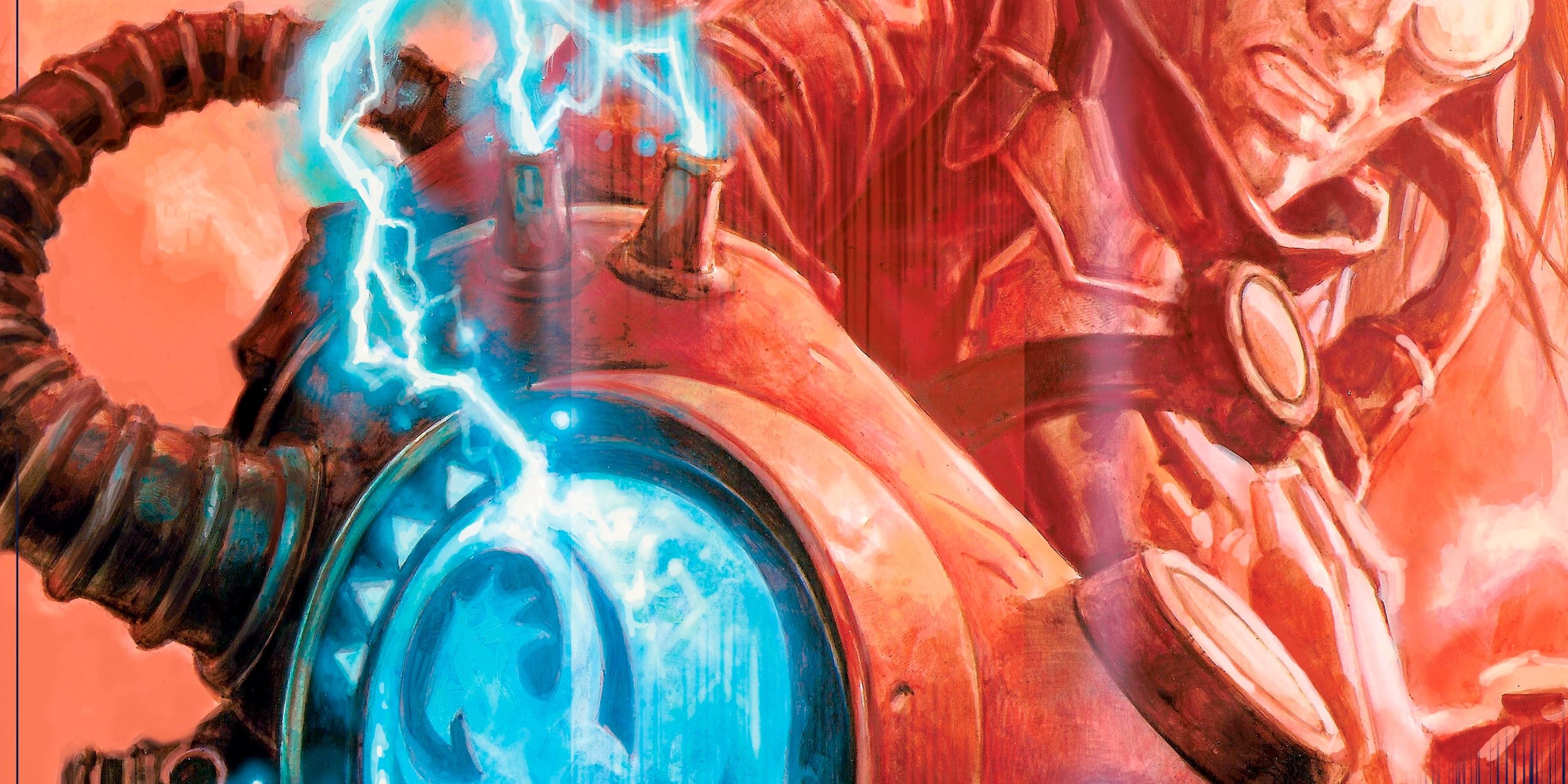
In Magic: The Gathering (MTG), Blue and Red are two iconic colors that offer unique playstyles with distinct philosophies, strengths, and weaknesses. Each color embodies a different approach to gameplay, making them fundamental to the game’s strategy. I personally think this is one of the most powerful color combinations in the game based on the previously released game styles and top-tier deck archetypes.
The discussion below is an in-depth discussion of both playstyles.
Blue Playstyle (Control, Knowledge, and Manipulation)
Philosophy: Blue represents knowledge, intellect, and control. Its core strategy revolves around delaying the opponent’s plans, outwitting them through careful manipulation, and eventually winning by securing an overwhelming position. Blue players prefer slow, deliberate gameplay, accumulating incremental advantages over time.
Core Mechanics:
- Counterspells: Blue cards often allow players to stop the opponent’s spells from resolving, such as with the iconic Counterspell and Mana Leak.
- Draw Power: Blue excels at card drawing and filtering, ensuring it has access to the right cards when needed. Examples include Brainstorm, Ponder, and Preordain.
- Control and Tempo: Blue cards manipulate the flow of the game by tapping creatures, bouncing permanents to their owner’s hand (e.g., Unsummon), and delaying the opponent’s game plan.
- Flying and Evasion: Blue creatures are often small but evasive, such as Delver of Secrets or Jin-Gitaxias, Progress Tyrant.
- Stealing Opponent’s Permanents: Blue has spells that allow control of the opponent’s creatures or artifacts, such as Control Magic or Mind Control.
Strengths of Blue:
- Consistency: Blue’s card draw ensures players rarely run out of resources.
- Versatility: Counterspells and bounce effects can handle almost any situation.
- Long-Term Power: Blue shines in longer games, where its card advantage snowballs.
Weaknesses of Blue:
- Slow Early Game: Blue struggles to apply early pressure, making it vulnerable to aggressive strategies.
- Reliant on Mana: Counterspells and draw spells require keeping mana open, which can make Blue players predictable.
- Weak Creatures: Blue’s creatures tend to be small and lack raw power, making it hard to win through brute force.
Red Playstyle (Aggression, Chaos, and Direct Damage)
Philosophy: Red embodies emotion, impulse, and destruction. Its strategy focuses on speed, aggression, and unpredictability. Red players want to win fast, overwhelming their opponents with relentless attacks and direct damage. The goal is to reduce the opponent’s life total to 0 as quickly as possible, even at the cost of long-term resources.
Core Mechanics:
- Direct Damage: Red spells often deal damage directly to opponents or creatures, such as Lightning Bolt, Shock, or Fireball.
- Aggressive Creatures: Red creatures are cheap, fast, and focused on attacking, like Goblin Guide or Monastery Swiftspear.
- Haste: Many Red creatures have Haste, allowing them to attack immediately when they enter the battlefield (e.g., Reckless Bushwhacker).
- Sacrifice and Chaos: Red embraces high-risk plays, such as sacrificing permanents for temporary benefits or playing chaotic spells like Chaos Warp.
- Combat Tricks: Red has instant-speed spells that boost power or provide effects during combat, such as Titan’s Strength or Temur Battle Rage.
Strengths of Red:
- Fast Starts: Red is known for quick, aggressive openers that put pressure on opponents.
- Direct Damage: Red’s burn spells can finish off opponents even if they stabilize with blockers.
- Unpredictability: Red thrives on chaotic, high-risk plays that disrupt the opponent’s plans.
Weaknesses of Red:
- Resource Exhaustion: Red tends to burn through its cards quickly, which can leave it without resources in the late game.
- One-Dimensional: Red strategies are often straightforward, making them vulnerable to decks with life gain or strong blockers.
- Fragile Creatures: Red’s creatures are often small and fragile, with little staying power.
Blue vs. Red: Opposing Philosophies
The contrast between Blue and Red lies at the heart of MTG’s color philosophy. Blue seeks control and precision, while Red embraces impulsiveness and speed. Here’s how they interact:
- Blue’s Counterspells vs. Red’s Burn: Blue wants to stop Red’s early threats with counterspells, but Red tries to sneak in fast damage before Blue can set up.
- Tempo vs. Aggression: Blue may try to slow the game with bounce spells, but Red’s creatures with Haste can quickly apply pressure.
- Long Game vs. Short Game: Red’s aggressive strategies are built to win early, while Blue aims to survive long enough to establish control and win with card advantage.
Synergy Between Blue and Red (Izzet Playstyle)
The Blue-Red combination, known as Izzet (inspired by the Izzet League from the Ravnica setting), combines the best of both colors:
- Tempo and Burn: Izzet decks often use Blue’s bounce spells and Red’s burn spells to control the game while applying consistent pressure.
- Spellslinger Archetype: Izzet decks focus on casting many instants and sorceries, leveraging cards like Arclight Phoenix and Stormwing Entity to reward spellcasting.
- Chaos and Precision: Izzet embraces both Blue’s precision and Red’s chaos, often featuring quirky combos that reflect both colors’ unique traits (e.g., Thousand-Year Storm or Electrodominance).
Conclusion
Blue and Red playstyles represent opposing philosophies in MTG—one focused on deliberate control and the other on reckless aggression. Both colors offer compelling strategies, with Blue excelling at manipulation and long-term planning, while Red thrives on speed and damage. Players choosing between these colors need to decide whether they prefer careful precision or explosive action—or perhaps find balance by combining them in an Izzet deck!
